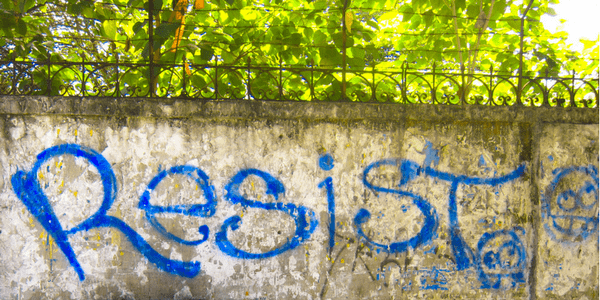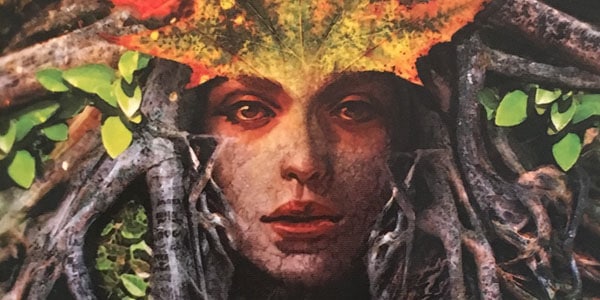 Aradia, Gospel of the Witches, by Charles Godfrey Leland
Aradia, Gospel of the Witches, by Charles Godfrey Leland
The Witches’ Almanac, 9780982432358, 178 pp., 1899, 2010
Charles Godfrey Leland (1824-1903) was an American folklorist who published some twenty books on American and European folklore, Romani traditions, witchcraft, and other subjects. He is chiefly remembered today for his influence on the development of modern Paganism, primarily through the publication of Aradia.
Leland maintained that he compiled this account from an Italian informant, a witch, who he called Maddelena, or Margherita Taluti. While a fascinating account, as a faithful historical document Aradia is questionable, at best. Leland himself admits that he added material where he felt it was relevant, synthesizing a whole from various fragments, and the records of Maddelena’s original transcription have been lost. As a “gospel,” is by no means typical of Italian witchcraft at the time, as noted in the introduction by Robert Mathiesen, and very few modern Pagans would find much relation to their current practices. In this account, a curious blend of Greek Gods and Judeo-Christian figures such as Lucifer and Cain are fused into a unique mythology.
In this gospel, we learn that the Goddess Diana is “greatly loved by her brother Lucifer,” and by this brother she had Aradia, of the title, also known as Herodias. Aradia comes as a messiah to descend to earth and teaches women and men witchcraft, and few witches today would approve of the morality at play. Aradia seems a bit of a racist, as well as condoning poisoning “great lords,” which seems at odds with Gardener’s later ethos of “an ye harm none…” She further advises tormenting the Gods until the witch gets her or his way. The content of the rituals described ranges from charming (a lemon filled with pins to bring good fortune) to the seriously disturbed (a spell which changes a woman into a dog and ensures amnesia so that a man can rape her). Yet, for all that, modern paganism’s debt to Aradia is undeniable.
When it was first released in 1899 Aradia did not attract much attention. It wasn’t the first editions of Gerald Gardner’s Witchcraft Today (1954) and its follow up, The Meaning of Witchcraft (1959), were published that it began to attract serious attention. Gardner proclaimed that witches were still alive and practicing, and Aradia provided a record of relatively contemporary practitioners. Further, it was a direct source of inspiration for Doreen Valiente, who incorporated passages from Aradia into the Wiccan rituals she wrote and rewrote for Gardner.
This edition restores the final page that was missing in earlier editions printed before the 1970s, and the appendix serves to contextualize the previous gospel, and also contains a treatise on the equality of women, as well as a few more folkloric stories about Diana.
Following the text, thirteen (of course) modern witches offer personal reflections on the text and how it affected their understanding of witchcraft and Wicca, including Paul Huson, Michael Howard, Judika Illes, Donald Weiser, Christina Oakley Harrington, among others.
If Gerald Gardener is the father of Wicca, then, as Richard Mathiesen notes in his introduction, Charles Leland may be considered its grandfather. Aradia is a piece of history, and it deserves a place in every Pagan library.








